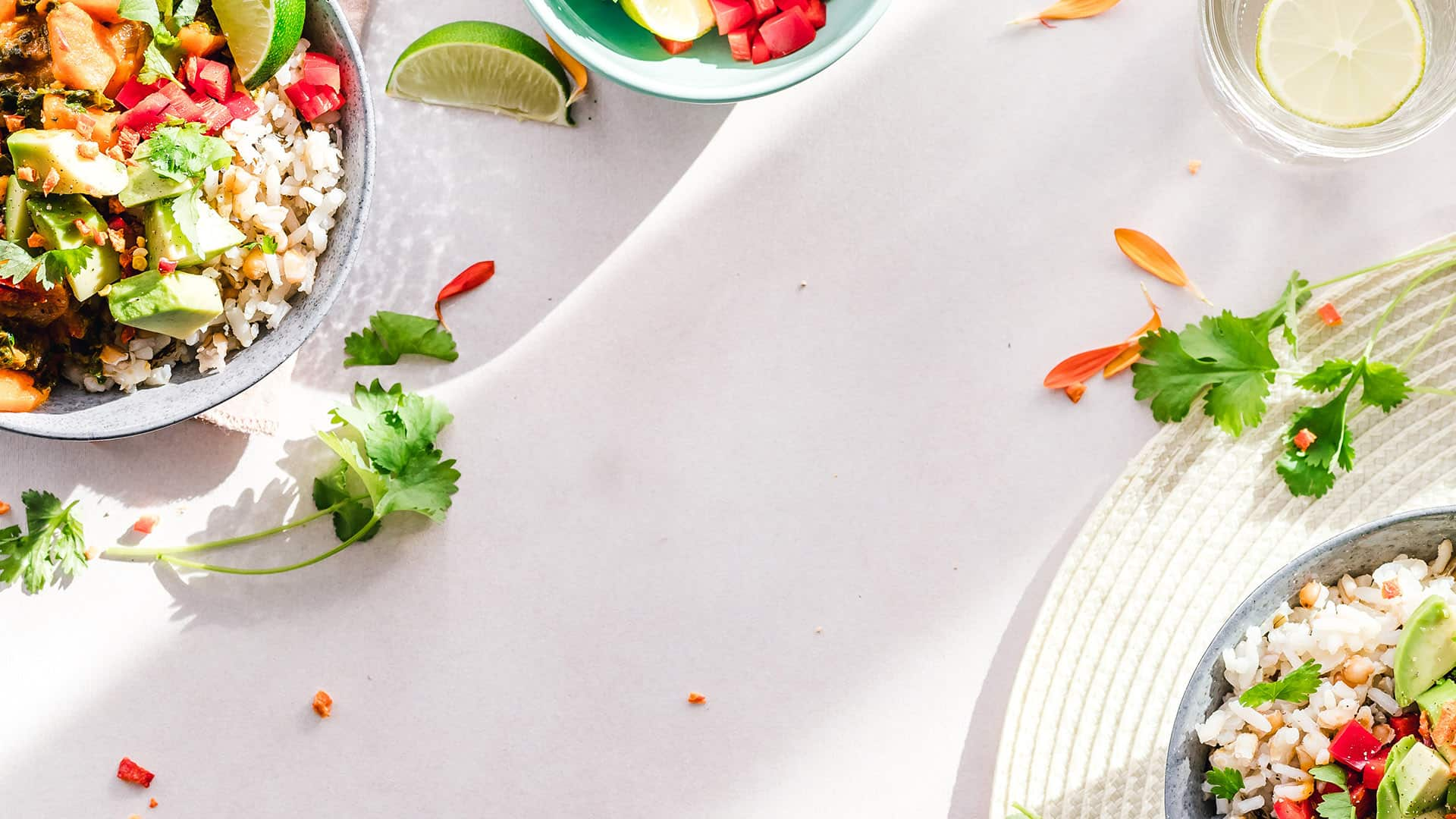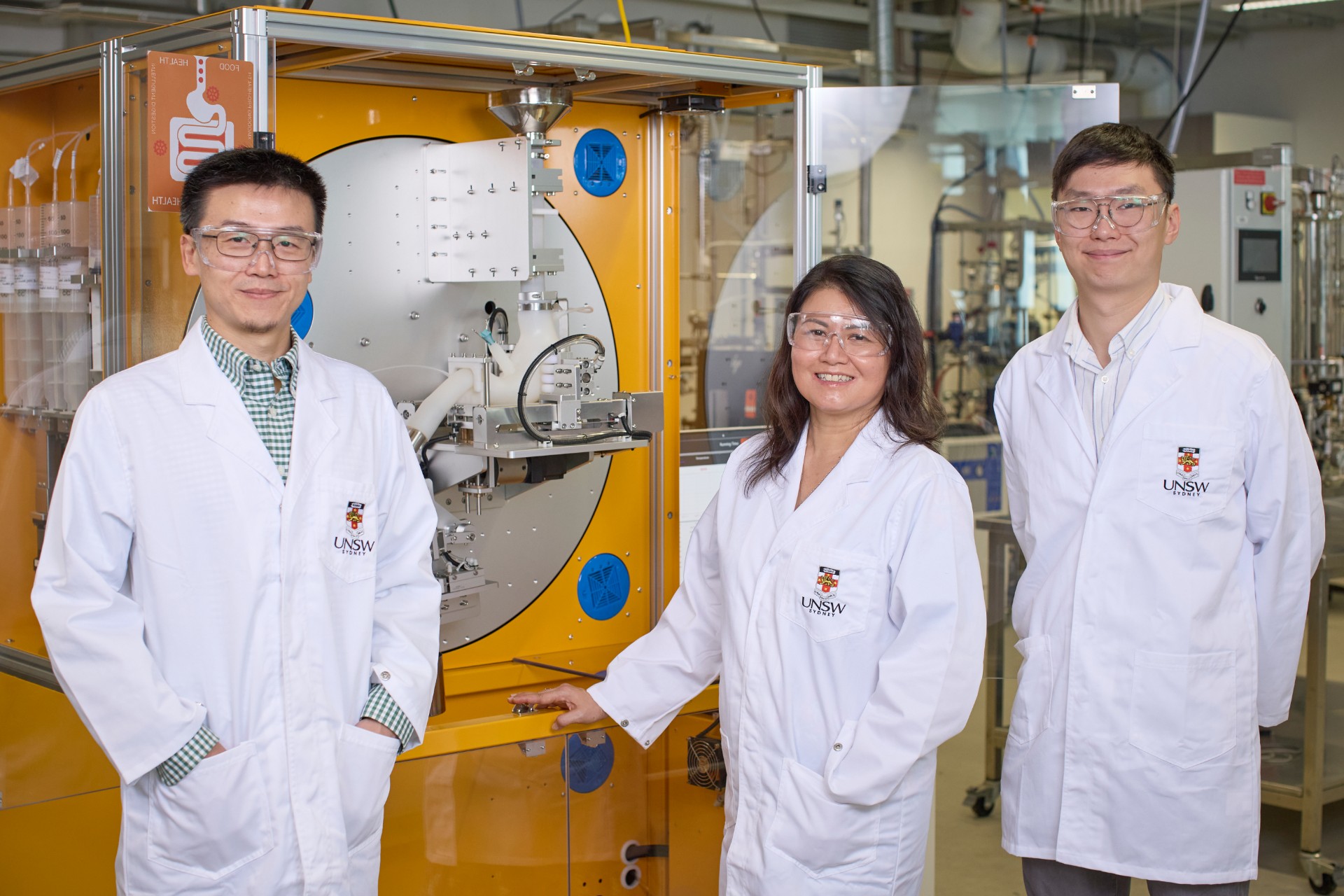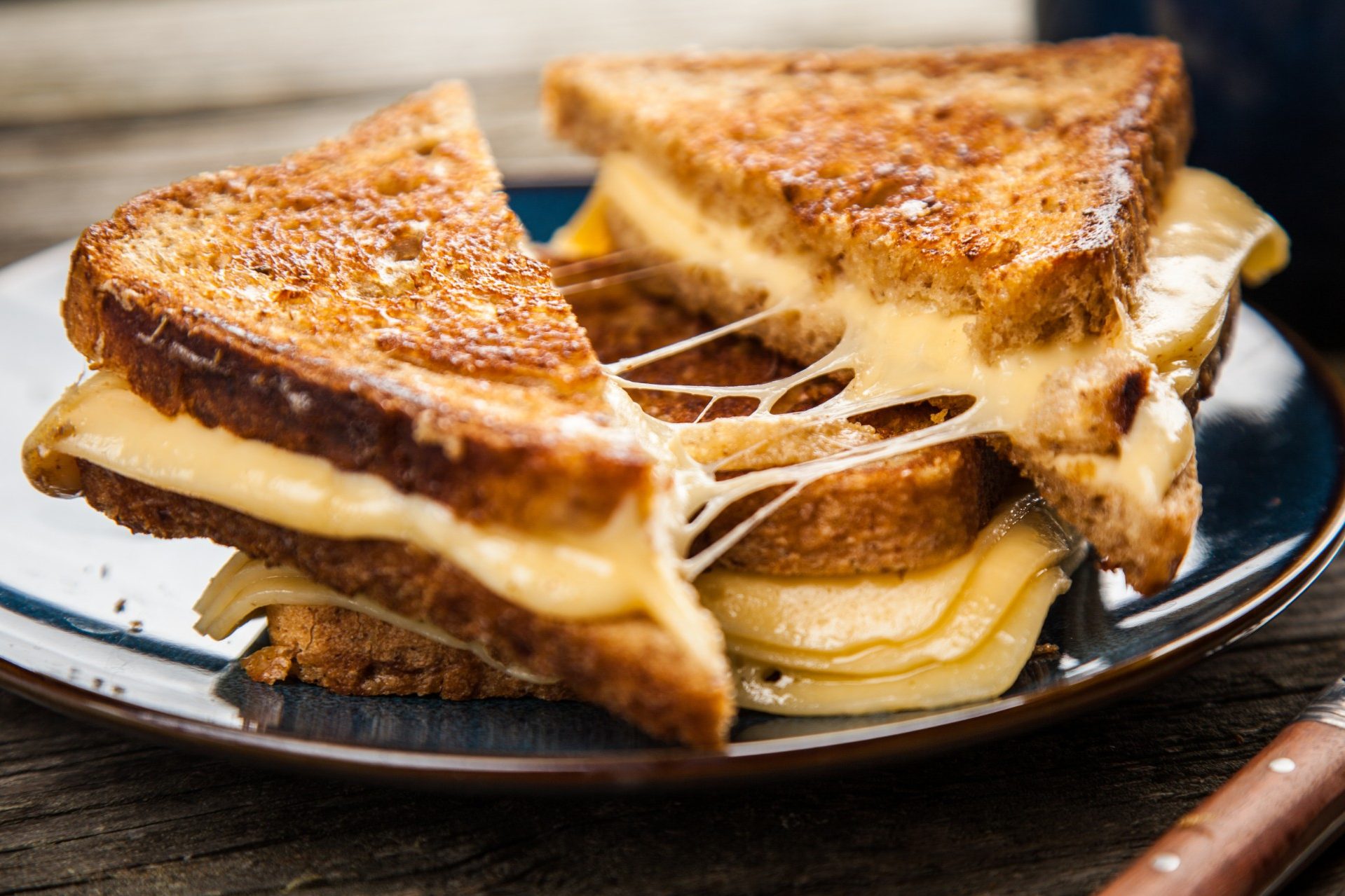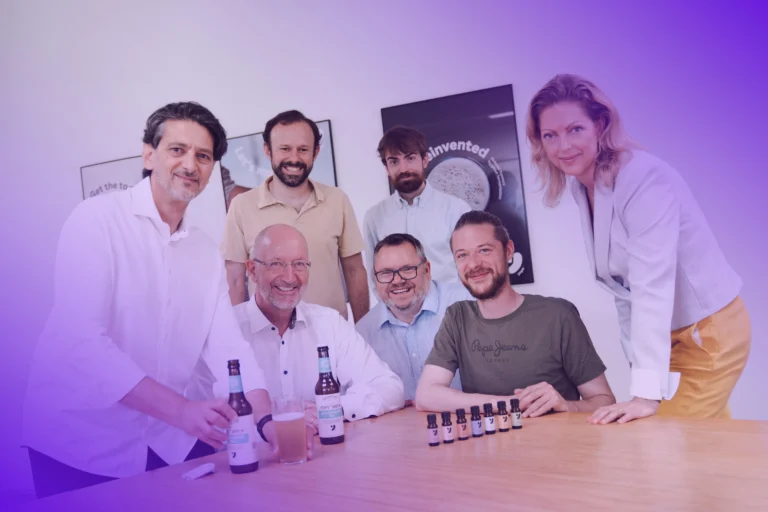

Australian team pioneers stretchy, melty, nutrient-rich dairy alternatives using novel protein-carbohydrate blends
Researchers at the University of New South Wales (UNSW) in Australia are closing the gap between plant-based and traditional dairy with a new cheese prototype that replicates the melt, stretch, and browning behavior of conventional cheese – without using a single drop of milk.
Led by Professor Cordelia Selomulya, the UNSW food engineering team is blending plant proteins with polysaccharides – complex carbohydrates that act as dietary fibers – to recreate the texture and performance of animal-based foods, while maintaining nutritional integrity through storage and cooking.
“Colors and flavors are the easy part,” said Professor Selomulya, who has focused on the structure of plant-based foods since 2019. “But replicating the structure – that pull of melted cheese, or the juicy mouthfeel of meat – is the real challenge.”
Plant-based dairy alternatives have been available for years, but many still fall short in texture, thermal behavior, and nutritional delivery. Common criticisms include poor meltability, low protein quality, and a lack of sensory realism – issues that the UNSW team is working to solve.
The group’s latest breakthrough is a cheese prototype that pairs pea protein with specific polysaccharides to create a stable, elastic network that holds its shape under heat and survives freezing and thawing. According to Dr Yong Wang, a lead investigator on the project, the team has also succeeded in preserving key nutrients that are often lost during industrial processing.
“By focusing on polysaccharide blends, we’re now able to achieve the kind of elasticity and structure you'd normally associate with dairy cheese,” said Dr Wang. “We’ve also made progress in preserving key nutrients, which is something most commercial products don’t do well.”
Their approach also allows for the microencapsulation of fat-soluble vitamins like vitamin D, and stabilizes water-soluble nutrients such as calcium, helping ensure nutritional benefits are retained during cooking.
UNSW’s team is now seeking commercial partners to bring the technology to market. “We now have a process that is easily scalable, we don't need special equipment, and we have a provisional patent that we can license,” said Professor Selomulya.

With Australia’s plant-based sector projected to grow to A$13 billion (around US$8.6 billion) by 2030, the timing aligns with rising demand for more inclusive and functional alternatives. Most current plant-based dairy products rely heavily on soy or gluten – both common allergens – which limits their accessibility. The UNSW team is working with underutilized local crops to diversify protein sources and make products that are safer and more digestible, particularly for older consumers.
“We want to create products that are delicious and nutritious but that are also accessible and safe for even more people,” said Dr Wang. “That means exploring protein sources beyond soy or wheat.”
Many of the team members bring personal culinary traditions to their research, drawing on diverse global food cultures to explore the untapped potential of plant proteins. “We’re inspired by global food systems,” said Professor Selomulya. “There’s a huge diversity of plant proteins out there and we’re just beginning to explore their potential.”
For research assistant and PhD candidate Canice Yiu, nailing the right structure has been a personal priority. “It’s easier to make something that ‘looks’ like the real thing,” said Yiu. “But getting the chew, the richness, the structure – that’s where it gets difficult. The real challenge is combining all of these elements into a product that consistently mirrors the full cheese experience.”
The same techniques used in the plant-based cheese are now being applied to meat alternatives. The team’s controlled gelation process mimics the structure of animal fat and muscle, two of the most difficult components to replicate. By applying principles from tissue engineering – a method typically used in medical science – the team is developing layered textures that simulate marbling and complex mouthfeel.
“Instead of growing cells we use controlled gelling to mimic the tissue-like structure and mechanical response of that animal, with protein particles and oil droplets as cells, and polysaccharide as the gel network,” Professor Selomulya explained.
While the team isn’t aiming to replace meat or dairy entirely, they see their work as a way to offer more sustainable, versatile options that reduce environmental impact and support food security. “There’s room for both,” said Professor Selomulya. “Our technology just allows us to create valuable, sustainable food products using crops that are already abundant in Australia.”
If you have any questions or would like to get in touch with us, please email info@futureofproteinproduction.com


-p-800.jpg)



